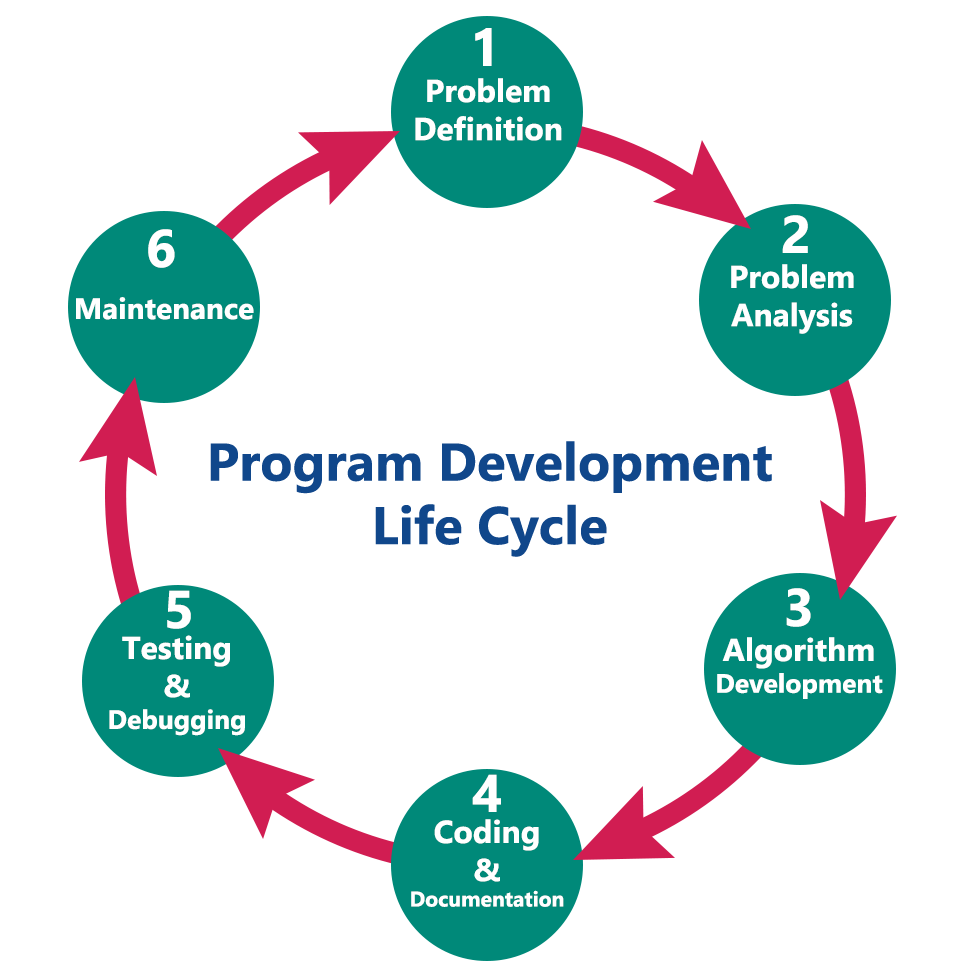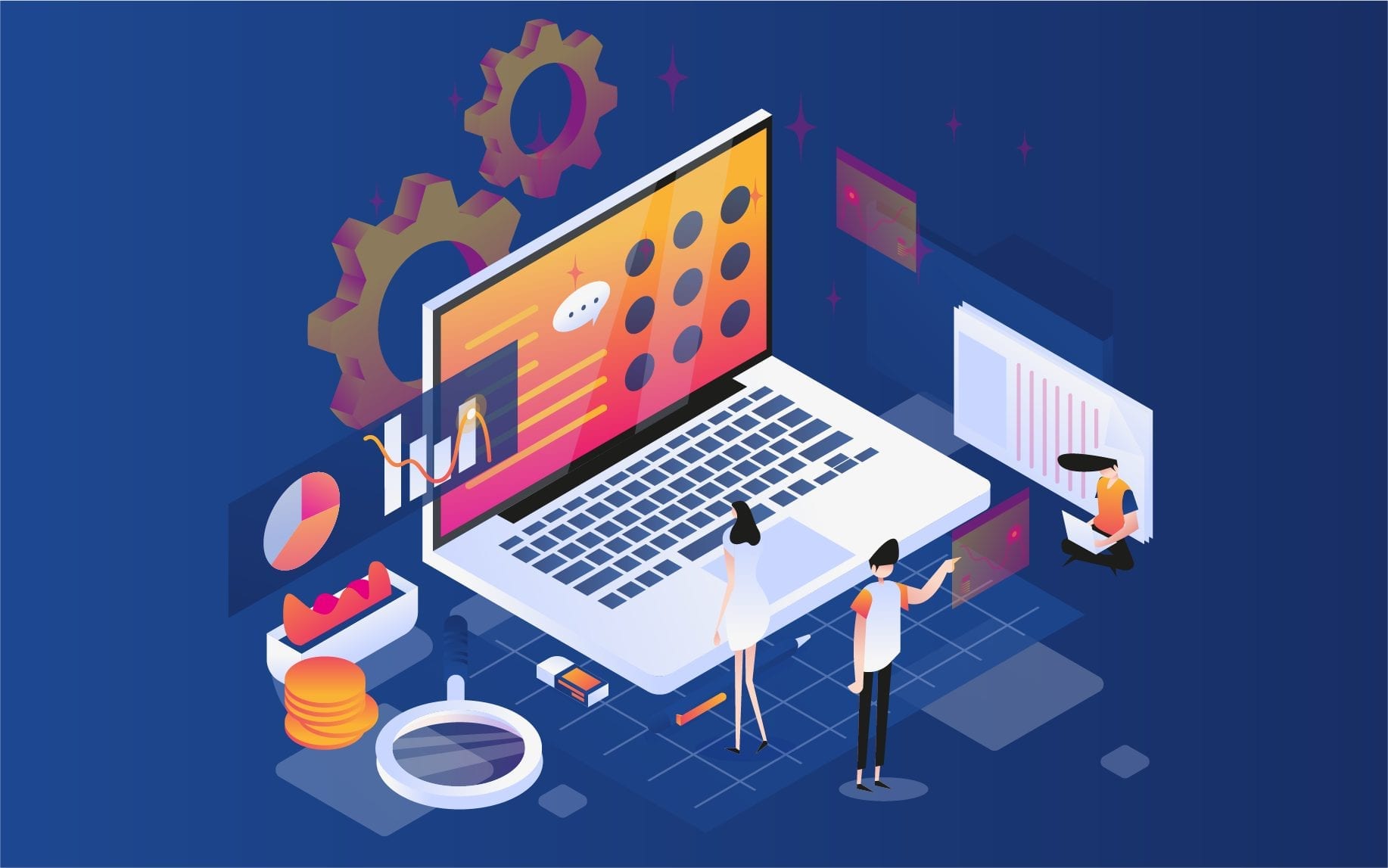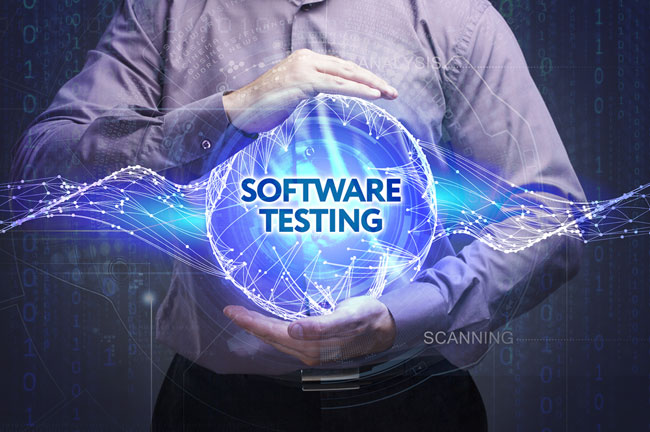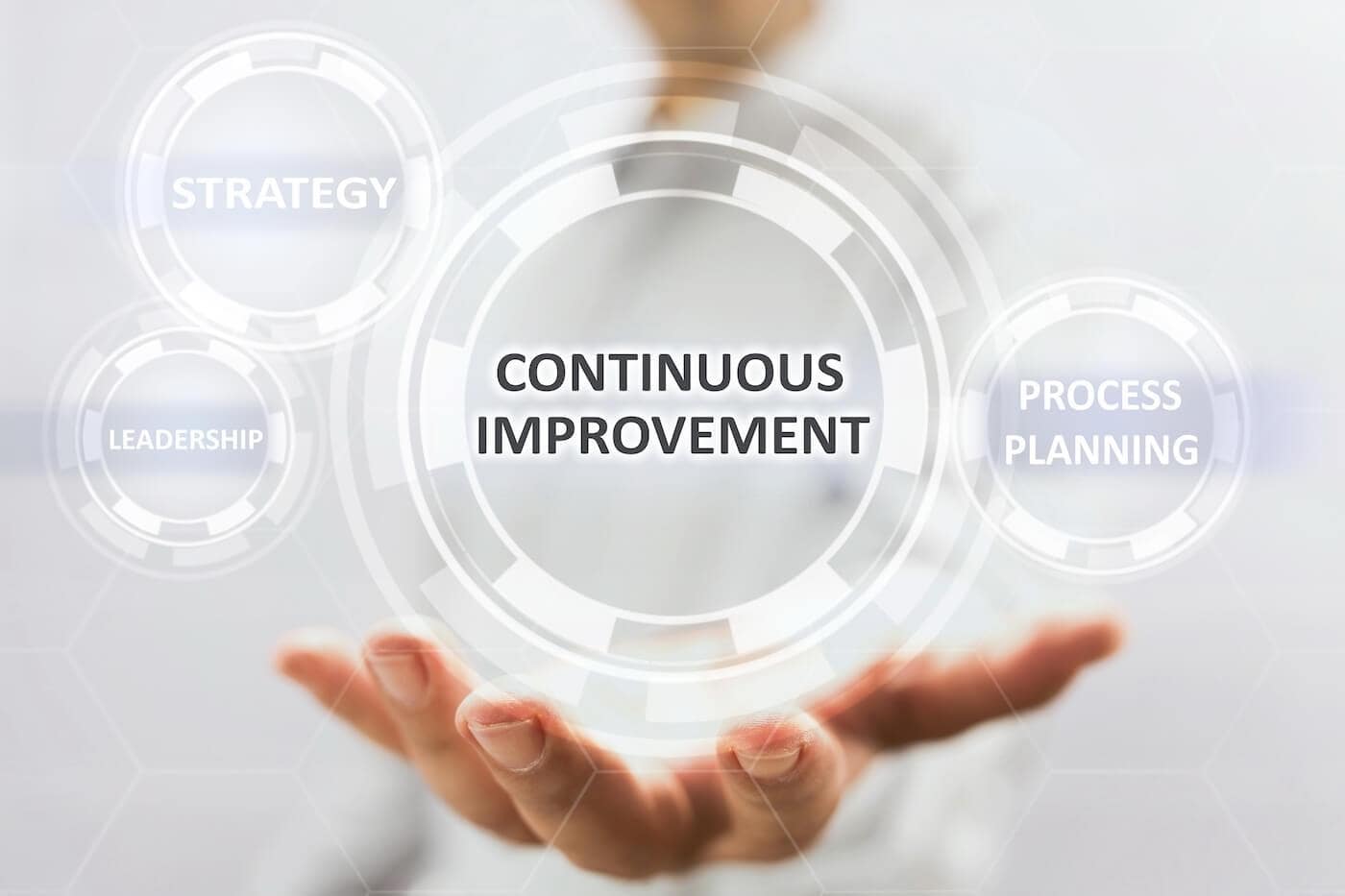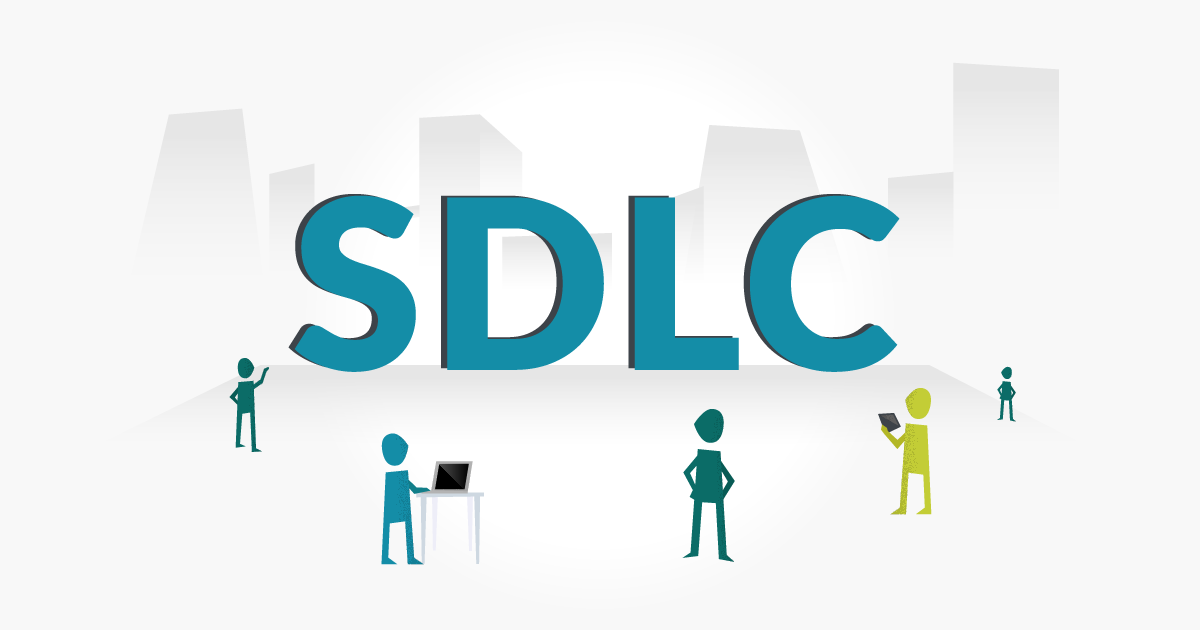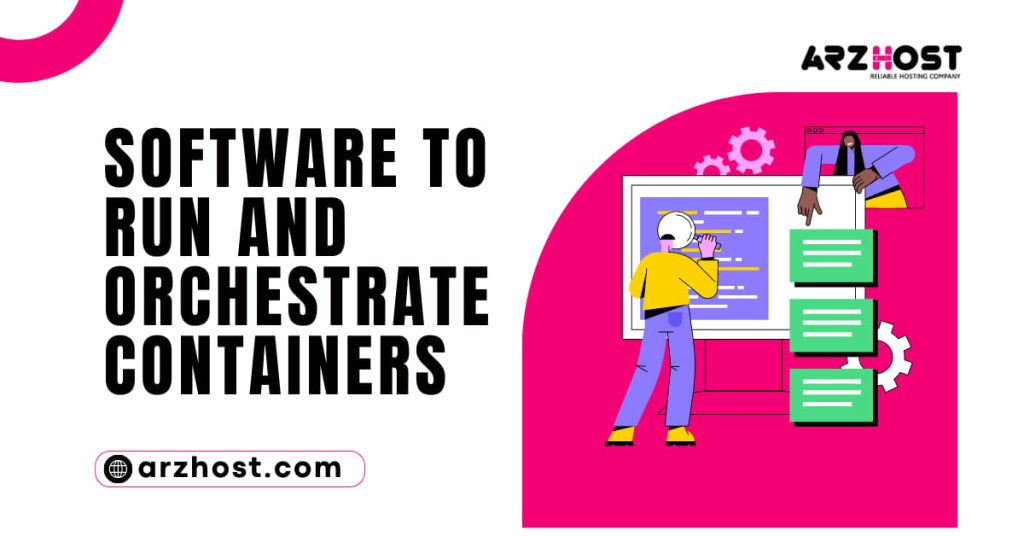A series of procedures known as the SDLC, or Software Development Life Cycle, is used to produce software applications. These steps separate the development process into manageable tasks that may be given, carried out, and evaluated by all data Programming is Included in Which Core Process?
What is the Software Development Life Cycle? The use of common business procedures in the development of software applications is known as the software development life cycle. Planning, Requirements, Design, Building, documenting, Test, Deploying, and maintaining are the traditional six to eight processes.
Depending on the size and complexity of the project, some project managers will combine, divide, or eliminate steps of Programming Included in Which Core Process. These are the fundamental elements that are advised for use in any software development initiative.
The SDLC is a tool for monitoring and enhancing the development process. It enables a detailed examination of every stage of the procedure. As a result, businesses are able to maximize efficiency at every stage.
The demand for software and developers rises as processing capacity does. Companies must lower costs, provide software more quickly, and meet or exceed client expectations. Through the detection and correction of inefficiencies and high costs, SDLC aids in the achievement of these objectives.
What Happens During the Software Development Life Cycle?
The Software Development Life Cycle merely provides a list of all the steps necessary to construct a software application. This improves the effectiveness of the development process and lowers waste. Additionally, monitoring guarantees that the project remains on schedule and is a viable investment for the business.
Many businesses will separate these steps into more manageable sections. Technology research, marketing research, and a cost-benefit analysis are three types of planning that can be done.
Programming is Included in Which Core Process? Other actions could combine with one another. Since developers must address testing-related mistakes, the Testing and Development phases can coexist.
The SDLC’s Seven Phases
Seven phases of Programming are Included in Which Core Process? Phases of programming are also following there with details.
1: Organizing/Planning
Project managers assess the project’s terms during the planning phase. This entails estimating labor and material expenses, developing a schedule with specific deadlines, and establishing the project’s teams and organizational structure.
Including stakeholder feedback in planning is also possible. Anyone who stands to gain from the application is considered a stakeholder. Try to solicit opinions from prospective clients, programmers, industry professionals, and sales representatives.
Planning should clearly outline the application’s scope and goal. It charts the team’s trajectory and provides everything they need to successfully construct the program. Additionally, it establishes limitations to prevent the project from escalating or deviating from its initial objective.
2: Specify the Conditions
To define what the application is intended to achieve and its requirements, defining requirements is considered to be an element of planning.
For instance, a social media app would need to allow users to interact with friends. A search function can be necessary for an inventory program.
Determining the resources required to complete the project is another aspect of requirements. For instance, a group might create software to manage a machine for custom manufacturing. The machine is necessary for the procedure.
3: Creation of Prototypes
The design stage creates a working model of the software program. The design features a few things, such as:
- Buildings – Indicates the programming language, business standards, general design, and use of any boilerplate or templates
- The user interface – outlines how users engage with the software and how it reacts to input
- A platform – specifies the operating systems that the software will run on, including Apple, Android, Windows versions, Linux, and even gaming consoles
- Computing – not just the programming language, but also techniques for resolving issues and carrying out operations within the application
- The communication – outlines the channels through which the program can speak with outside resources, such as a central server or other instances of the application.
- The security – outlines the precautions taken to safeguard the program, which may include password protection, SSL traffic encryption, and secure user credentials storage.
A step in the design process that includes prototyping. In the iterative software development approach, a prototype is comparable to one of the early software versions. It gives a fundamental sense of how the application appears and functions. Stakeholders can see this “hands-on” design.
Utilize comments to enhance the application. Prototyping changes are less expensive to implement than rewriting existing code to implement changes in the Development phase.
4: Development of Software
This is real program writing. A small project might be written by just one developer, whereas a big project might be divided into several teams and worked on by them all. Use a source code management or access control application during this stage.
These tools aid programmers in keeping track of code modifications. They also support ensuring that various team initiatives are compatible with one another and ensuring that objectives are met.
Besides coding, there are other tasks involved. A lot of developers need to work in teams or brush up on their abilities. It’s crucial to identify and correct mistakes and malfunctions.
The development process is frequently slowed down by tasks like generating code to execute an application or waiting for test results. SDLC can foresee these delays, allowing developers to be given other responsibilities.
Programming is Included in Which Core Process? Instructions and explanations are appreciated by software developers. A user manual for the application is one example of formal documentation.
Additionally, it can be casual, such as comments in the source code that describe why a developer employed a specific technique. The documentation is useful for all businesses, even those who want to make software that is simple and straightforward.
A brief overview of the essential features of the application that appear at the first launch can serve as documentation. Video tutorials for difficult jobs are one option. Users can find answers to technical queries or difficulties by consulting written material such as user manuals, troubleshooting guides, and FAQs.
5: Testing/Challenging
Before making an application accessible to users, testing is essential. Security testing is one area of testing that can be automated. For complex deployments, create a simulated production environment since another testing is only possible in a given environment.
Each function should be tested to make sure it operates properly. Performance tests should be conducted on various components of the program to eliminate any processing hangs or lags.
The testing step assists in lowering the number of bugs and hiccups users experience. Higher user happiness and a better utilization rate are the results of this.
6: Deployment/Disposition
Users can access the application during the deployment phase. The deployment step is often automated by businesses. A payment portal and download link on the business website could suffice. Another option is to download an app to a smartphone.
Deployment can be difficult as well. One illustration is switching from a previously developed application to a company-wide database. The database uses a number of other systems, so integrating the upgrade might require additional time and effort.
7: Operation and Maintenance
The development cycle is about to complete at this stage. The program is finished and in use in the field.
However, the Operation and Maintenance phase is still crucial. Users find flaws in this stage that weren’t detected during testing. These mistakes must be fixed, which may lead to new development cycles.
Future releases of software that uses iterative development models will include more functionality in addition to bug fixes. A new Development Cycle can start for every new release.
Best Practice of Software Development
Programming is Included in Which Core Process? There are a few other useful techniques in addition to the software development models and stages. Any portion or the entire development cycle may use these.
1: Source Monitoring
A security strategy to protect your working code is source control. By storing the code in a single area with protected and logged access, implement source control. This could be a real-world site where information is kept and accessed in a single room of a structure.
It might also be a virtual location where users can sign up for a cloud-based programming environment via an encrypted connection.
Applications for source control come with a change management system to keep track of the work completed by individuals or teams. Use a backup mechanism to keep track of development, just like with any storage.
2: Continuous Improvement
A case of what not to do led to the development of continuous integration. Throughout the whole development cycle, CI strives to ensure that every component is compatible. Before CI, each team would create its own projects on their own.
When programmers finally put the application together, this posed serious difficulties. Continuous Integration helps avoid conflicts and duplication of effort by ensuring that all teams utilize the same programming languages and libraries.
3: Management Systems for SDLC
Each stage of the development cycle is managed and controlled by a software development cycle management system. The project as a whole and each phase are made more transparent by management systems.
They also include work management, analytics, and bug-tracking tools. The cycle’s inefficient components can be improved using these measures or KPIs.
Conclusion
Programming is Included in Which Core Process? You can see what’s going on and where your development process needs to be improved thanks to the SDLC.
Like many business processes, SDLC strives to evaluate and enhance the software development process. It creates a scalable view of the project, from managing production dates to day-to-day coding.






